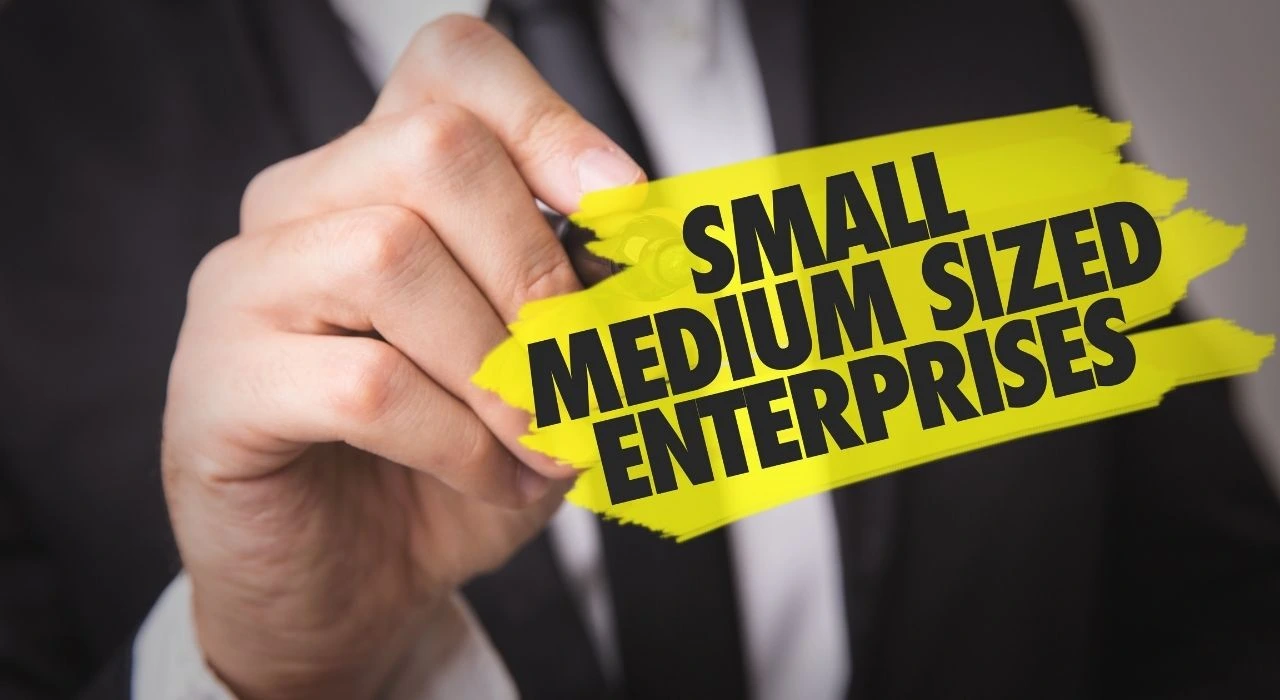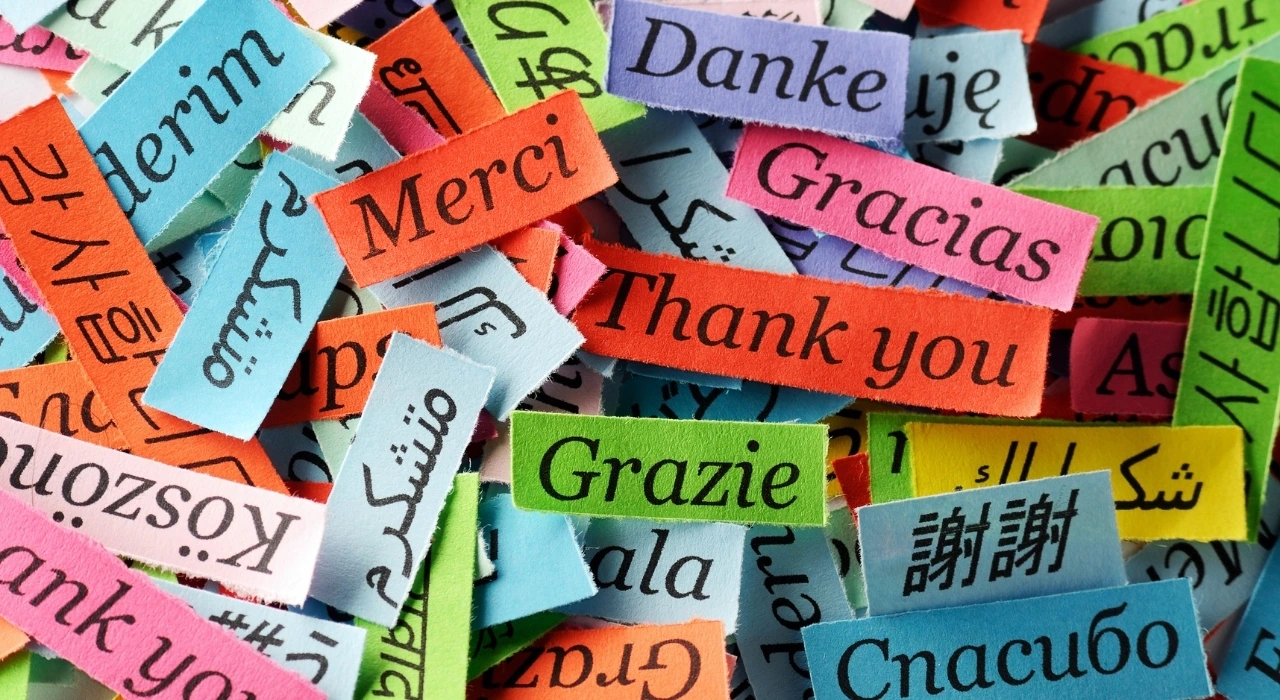How to Extract Text from Images for Legal & Business Documentation
November 13, 2025 · 4 min read • #OCR#AI#document management#legal tech#automation#compliance
In the digital era, law firms and businesses are moving from paper to pixels.
Extracting text from contracts, receipts, and official forms is no longer a manual task — thanks to AI-powered OCR (Optical Character Recognition), which transforms scanned images into usable text with remarkable precision.
⚖️ Why Text Extraction Matters for Legal and Business Teams
Legal professionals deal with thousands of pages of documentation — contracts, case files, agreements, identity proofs, and affidavits.
Manual transcription is slow, costly, and prone to human error.
With AI OCR, teams can:
- Convert scanned pages into editable Word or PDF documents
- Search and index contracts instantly
- Reduce administrative overhead and compliance risks
- Improve turnaround times for clients and audits
This automation is not just about efficiency — it’s about accuracy, traceability, and compliance in an increasingly digital-first world.
🧠 1. How AI OCR Extracts Text from Images
Traditional OCR relied on static character matching.
Modern AI OCR, however, learns from millions of document layouts, fonts, and languages — improving accuracy even on poor-quality scans.
The process involves:
- Image Preprocessing: Enhancing clarity, removing noise, and correcting skew.
- Text Detection: Locating text regions using convolutional neural networks (CNNs).
- Recognition & Reconstruction: Interpreting characters, even when handwritten or curved.
- Export: Outputting to formats like TXT, DOCX, or searchable PDF.
AI-powered models like Tesseract.js and Google Vision OCR can even detect tables, signatures, and seals — vital for legal authenticity.
🏛️ 2. Key Use Cases in Legal & Business Documentation
OCR isn’t limited to simple image-to-text conversions — it’s a strategic enabler for automation and compliance.
Common applications include:
- Contract Digitization: Convert physical agreements into searchable digital archives.
- Evidence Management: Extract text from photos or scanned exhibits.
- Invoice Processing: Automatically record amounts, vendors, and dates.
- Compliance Audits: Generate searchable text for internal or external reviews.
- KYC Documentation: Scan and extract ID or license information securely.
In short, OCR saves billable hours while maintaining legal accuracy and traceability.
🔐 3. Privacy and Compliance in OCR Workflows
Legal and business data are often confidential and regulated.
That’s why modern OCR solutions prioritize privacy-first design.
Best practices include:
- On-device processing: No files are uploaded to servers.
- Encryption: Temporary in-memory handling ensures data is never stored.
- GDPR & HIPAA compliance: Essential for sensitive documents.
Our Image to Text Tool follows these standards — processing files entirely in your browser using advanced WebAssembly and AI models.
📄 4. Extracting Text from Scanned PDFs and Images
Many legal files are scanned as PDFs or multi-page TIFFs.
AI OCR seamlessly converts them into editable text with formatting preserved.
Features that help:
- Batch Processing: Handle dozens of pages in one go.
- Multi-language support: Ideal for global contracts.
- Export Options: Save as TXT, DOCX, or searchable PDF.
- Layout retention: Preserve headings, signatures, and clause numbering.
This ensures that digitized documents are court-ready and client-friendly.
⚙️ 5. Improving Accuracy with AI Enhancements
OCR accuracy depends on image quality and preprocessing.
AI-powered models now include adaptive learning that recognizes new fonts, seals, and handwritten styles.
Tips for best results:
- Scan at 300 DPI or higher.
- Use clear lighting when capturing with a phone.
- Crop out unnecessary margins.
- Use AI “smart correction” features for formatting consistency.
With these practices, you can achieve near-human transcription accuracy in minutes.
💼 6. Automating Workflows with OCR APIs
For enterprises handling thousands of documents, integrating OCR via API is a game-changer.
Integration benefits:
- Automated upload-to-text pipelines
- Real-time extraction and tagging
- Integration with CRMs, case management, or ERP tools
- Consistent compliance logging
Such systems form the backbone of AI-powered document management, where accuracy meets scalability.
🧰 Try It Yourself
Experience secure and fast OCR for your business:
- Image to Text Converter — extract text from scanned pages instantly
- PDF to Text Tool — convert full PDFs into searchable files
- AI Background Remover — clean document scans for better OCR accuracy
All tools run locally in your browser, guaranteeing privacy and performance.
💡 Final Thoughts
AI-powered OCR is transforming how law firms, enterprises, and freelancers handle documentation.
It’s fast, private, and reliable — turning static paperwork into searchable, actionable data.
In a world that demands speed and precision, OCR stands as the bridge between paper and digital intelligence.
Enjoyed this post? React below 👇
Related Posts

Bulk Image to Text Conversion for Enterprises: Best Practices & Tools
Learn how enterprises can process thousands of images into editable text efficiently using AI-based OCR — with best practices for accuracy, security, and workflow automation in 2025.

Convert Invoices and Receipts via OCR: Save Time & Avoid Errors
Discover how AI-powered OCR technology automates invoice and receipt processing — cutting costs, eliminating manual errors, and streamlining financial workflows for businesses in 2025.

Multilingual Image-to-Text: How AI OCR Supports 30+ Languages in 2025
Explore how AI-powered OCR technology breaks language barriers by accurately extracting text from multilingual documents, signs, and handwritten notes — supporting over 30 global languages in 2025.
Frequently Asked Questions
What is OCR and how does it help in legal documentation?
OCR (Optical Character Recognition) converts printed or handwritten text in scanned images or PDFs into editable, searchable text — essential for digitizing legal contracts, affidavits, and business records.
Can OCR extract text from handwritten legal notes?
Yes. Modern AI-based OCR systems can accurately recognize cursive and printed handwriting, making it possible to digitize lawyer notes, signatures, and annotations.
Is AI-based OCR secure for confidential business data?
Absolutely. Privacy-first OCR tools like our [Image to Text Converter](/image-to-text) process all files locally in your browser — ensuring no sensitive data leaves your device.
How accurate is OCR for complex legal documents?
AI OCR achieves over 98% accuracy when trained on structured layouts like contracts and forms, preserving formatting and legal clauses precisely.
Which is the best free OCR tool for legal professionals?
You can try our free [Image to Text Converter](/image-to-text), which supports multi-page PDF imports, handwritten recognition, and export to DOCX or TXT formats.